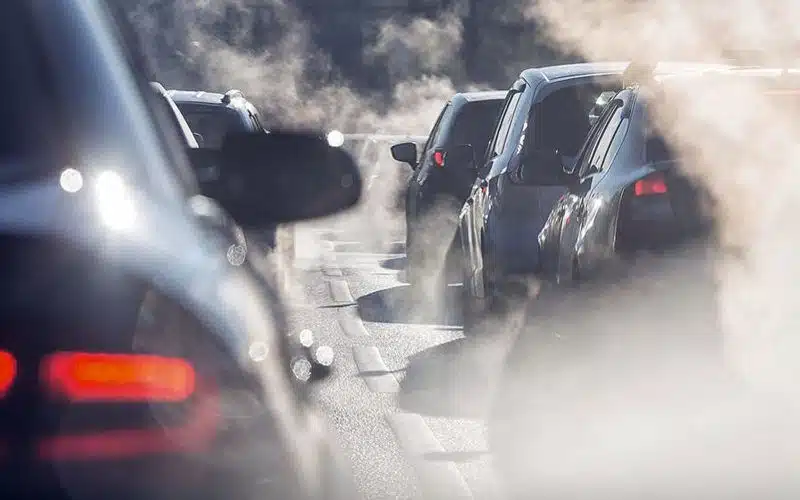Brussels – New zero-emission buses from 2035 (with a 90 per cent milestone in 2030) and a 90 per cent reduction from 2040 for trucks. Negotiators from the EU Parliament and Council reached a political agreement today (Jan. 18) on the regulation of CO2 emissions from heavy-duty vehicles, trucks, and lorries. One of the last remaining Green Deal legislative files to be completed before the end of the legislative term. The political agreement will now have to be confirmed, individually, by both institutions before formally entering into force.
The co-legislators maintained the emission reduction targets set by the European Commission in its proposal of 45 per cent for 2030-2034, 65 per cent for 2035-2039 and 90 per cent from 2040, applying them to large trucks weighing more than 7.5 tons (including professional vehicles, such as garbage trucks, tippers or concrete mixers from 2035) and buses. The EU Parliament insisted on ending combustion engines for heavy-duty trucks altogether by 2040, but that proved to be too high an ambition and they are aiming for a 90 per cent reduction.
Deal! @EUCouncil & @Europarl_EN just reached a provisional agreement on CO2 emission standards for heavy-duty vehicles (#HDVs).
The aim is to further reduce CO2 emissions in the road transport sector & to introduce new targets for 2030, 2035 and 2040.#EU2024BE pic.twitter.com/uMmD4oDdk8
— Belgian Presidency of the Council of the EU 2024 (@EU2024BE) January 18, 2024
Despite this, “I am pleased with these targets because they represent a huge acceleration and the scope of the law has been expanded in the negotiations, which is important for our climate ambitions,” says Green MEP Bas Eickhout, chief negotiator on behalf of the parliament. As for new city buses, the standards call for a 90 percent reduction in emissions by 2030 and zero emissions by 2035. The colegislators agreed to exempt intercity buses from this target.
Italy and the carbon correction factor
After an unsuccessful attempt to reopen the biofuels game in the car emissions regulation as an alternative to electric-only, Italy has tried to do the same thing on the HGV regulation by requesting that the carbon correction factor, i.e., a mechanism to account for the contribution of zero- and low-emission fuels (such as biofuels) within the regulations affecting mobility, be included in the new rules.
The request was only partially granted, as the Commission will conduct a detailed review of the effectiveness and impact of the regulation by 2027. This review will assess, among other things, the extension of the scope to small trucks, the role of a methodology for heavy-duty vehicles powered exclusively with zero-CO2 fuels and the role of a carbon correction factor in the transition to zero-emission heavy-duty vehicles, as also requested by Italy.
The Association of European NGOs Transport & Environment (T&E) estimates that EU targets will lead to about 30 per cent of trucks sold in 2030, and at least three-quarters in 2040, to be zero-emission—electric or hydrogen-powered. After cars, heavy-duty vehicles are the biggest transport-related polluters in Europe. “No stakeholder got everything they wanted, but the truth is that this is a very balanced agreement and positive news,” summarizes Fedor Unterlohner, head of freight transport at T&E, according to whom “manufacturers and the transport sector have been given the certainty of long-term investments. Now let’s start implementing.”
English version by the Translation Service of Withub






